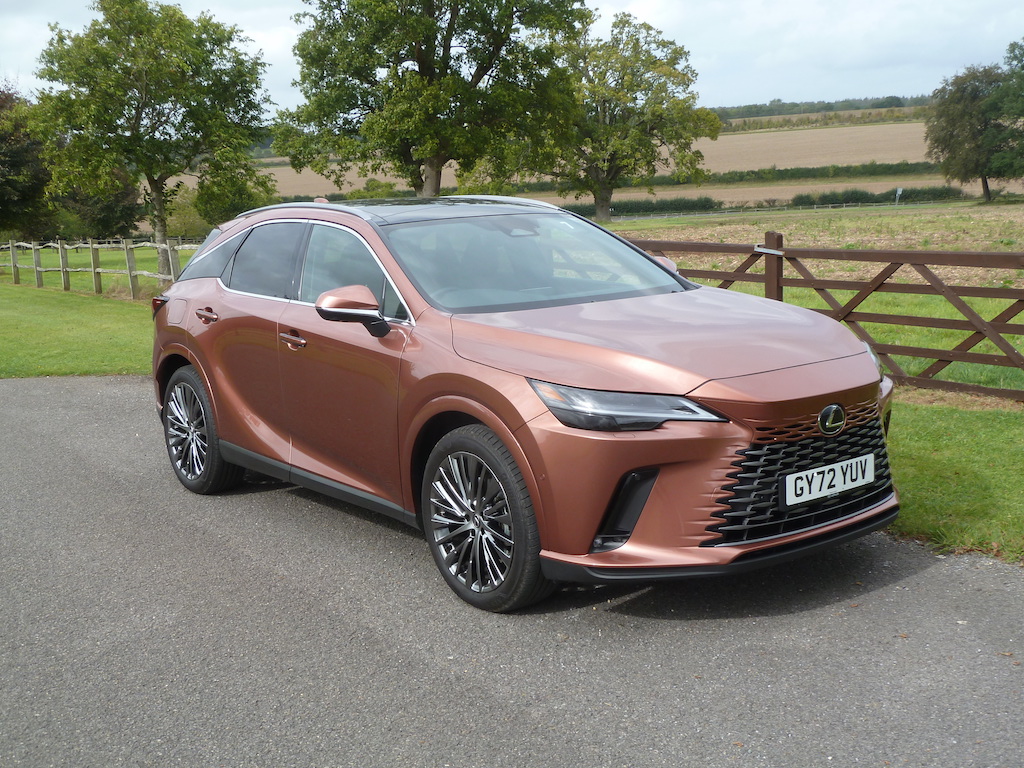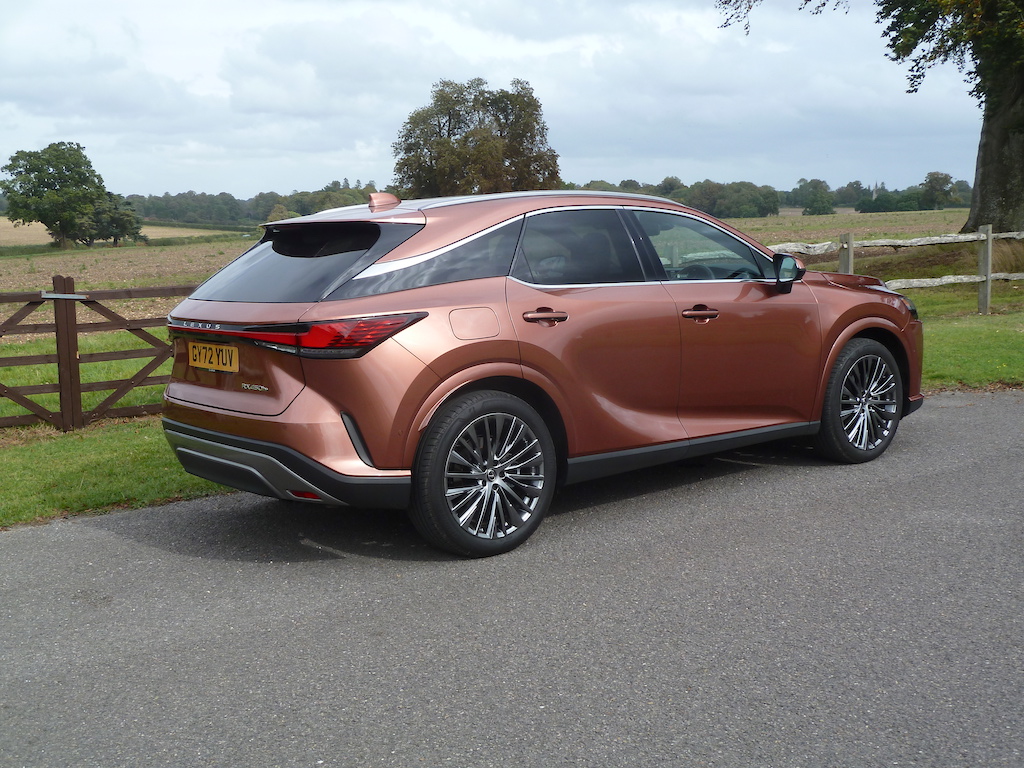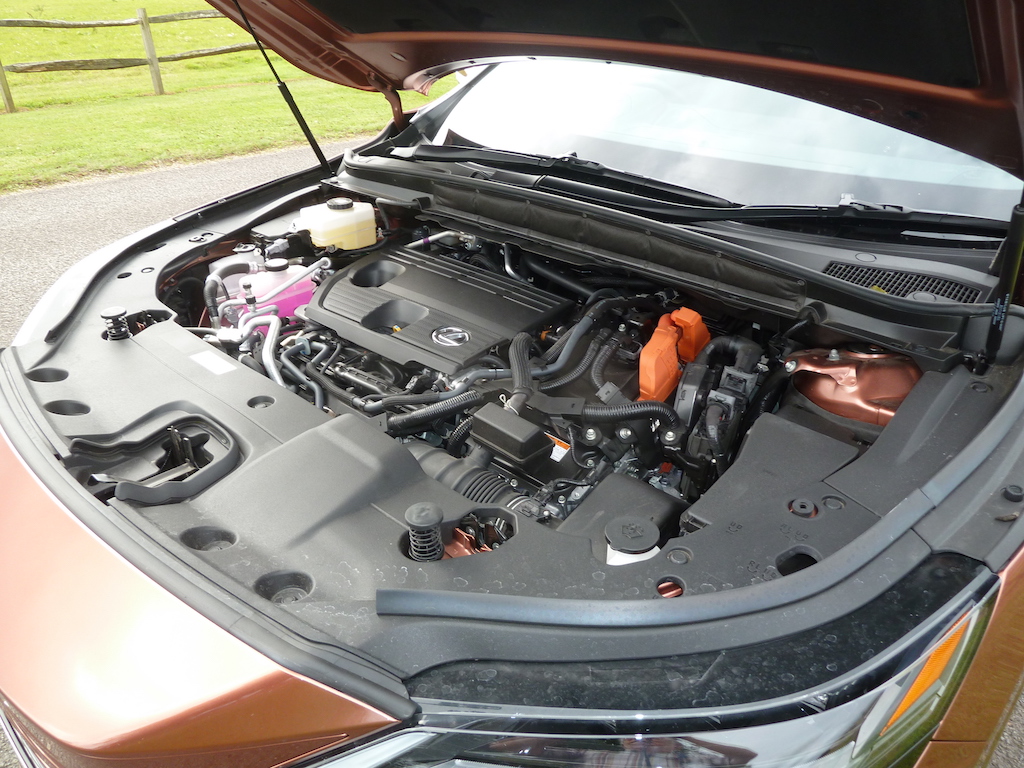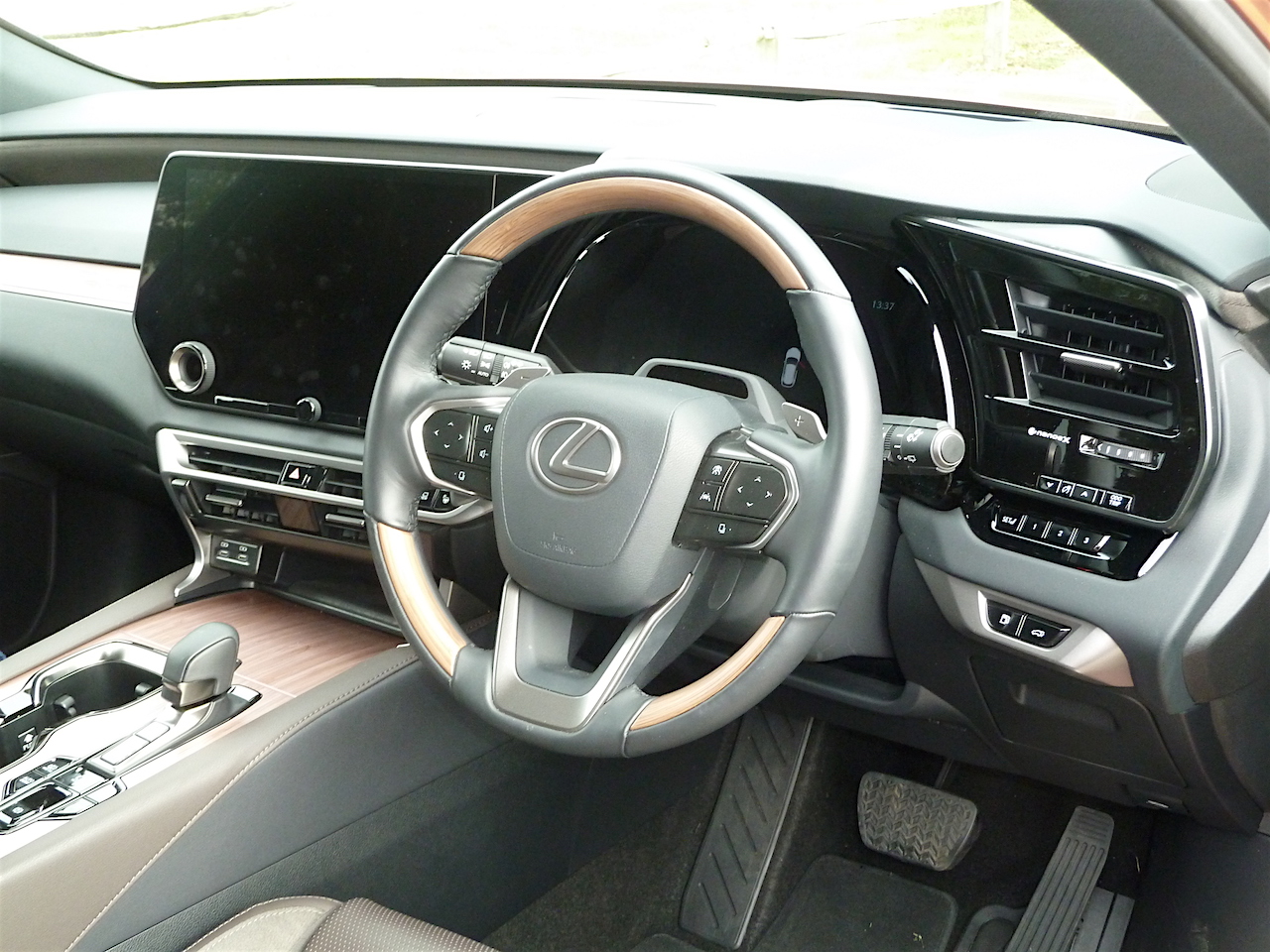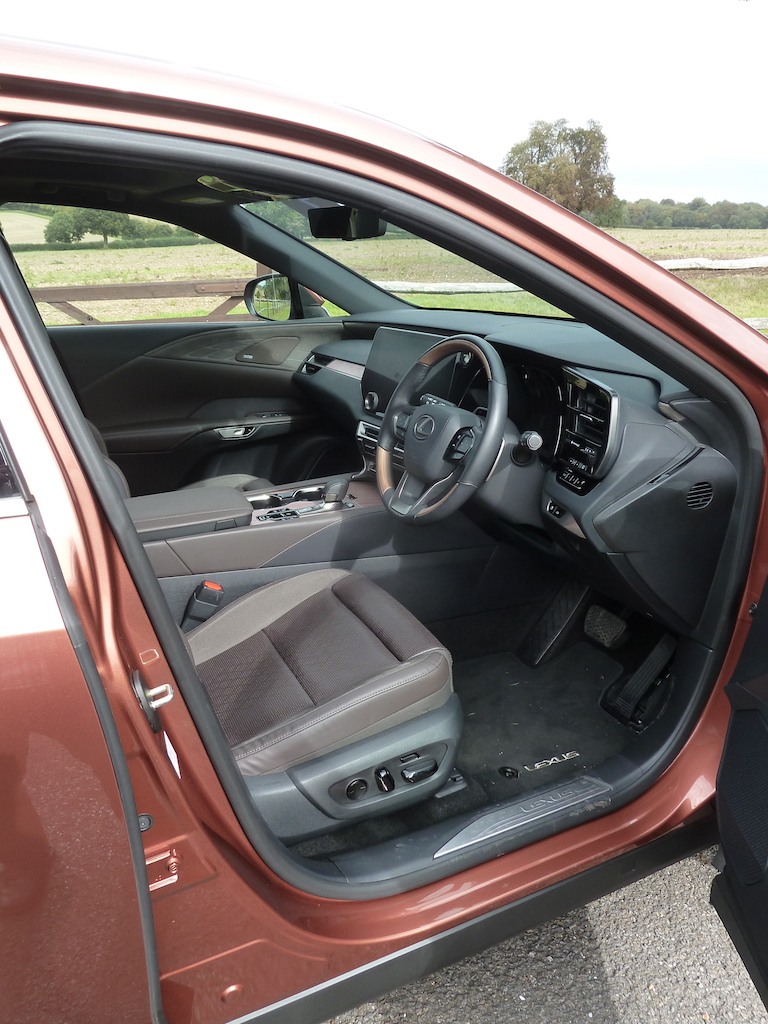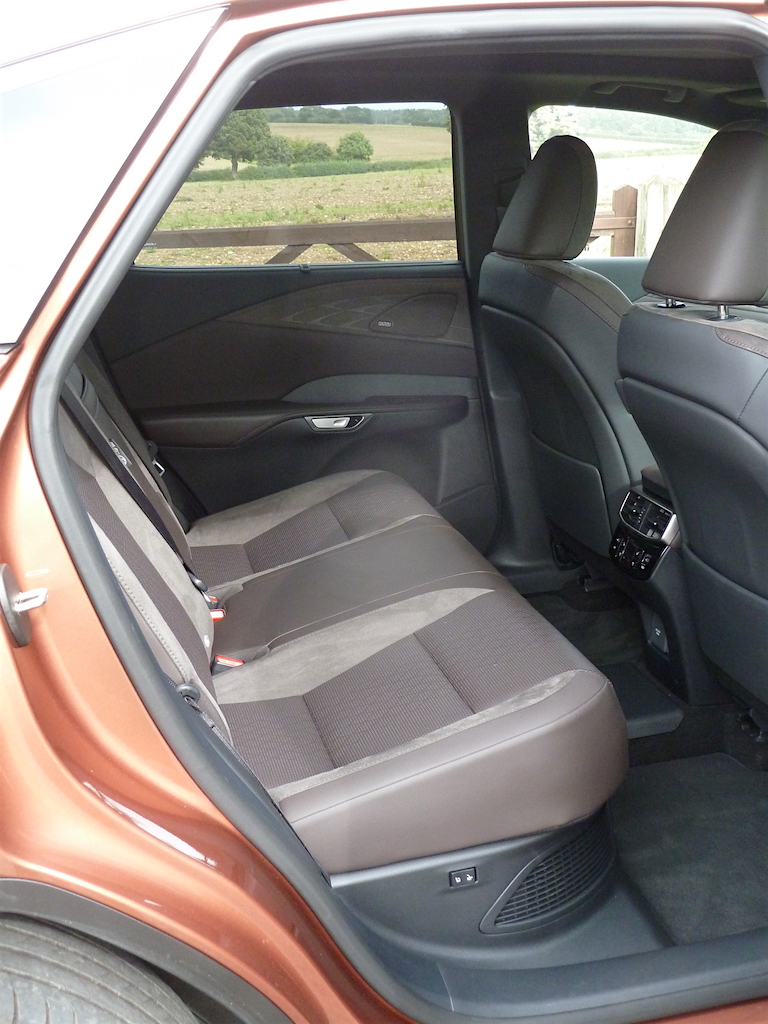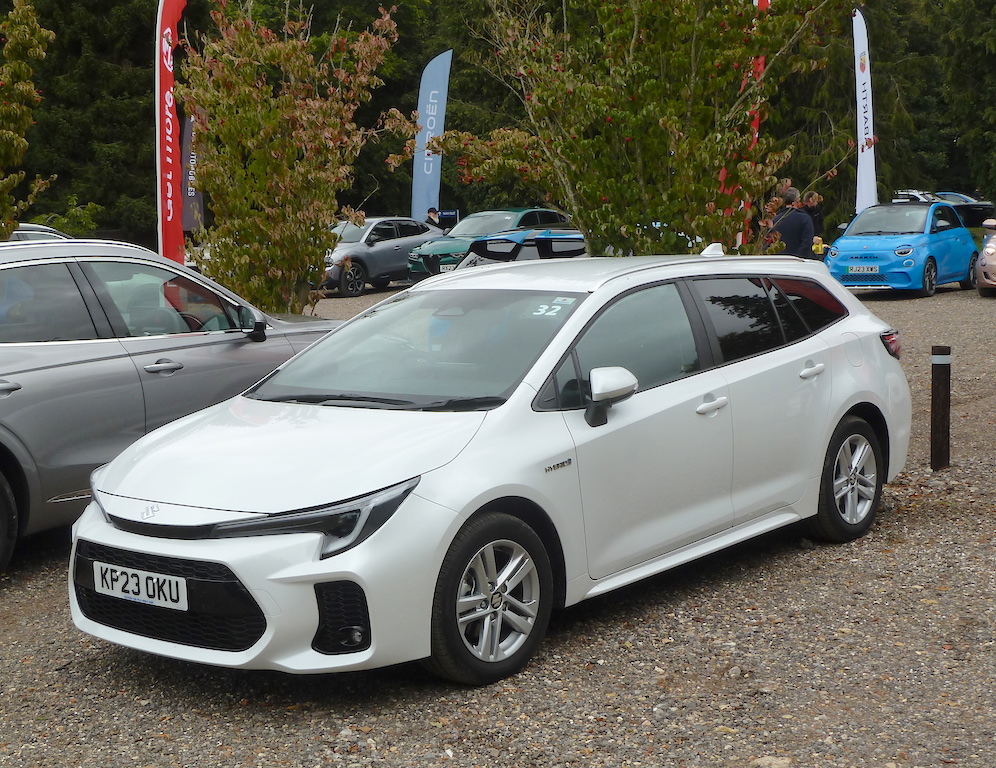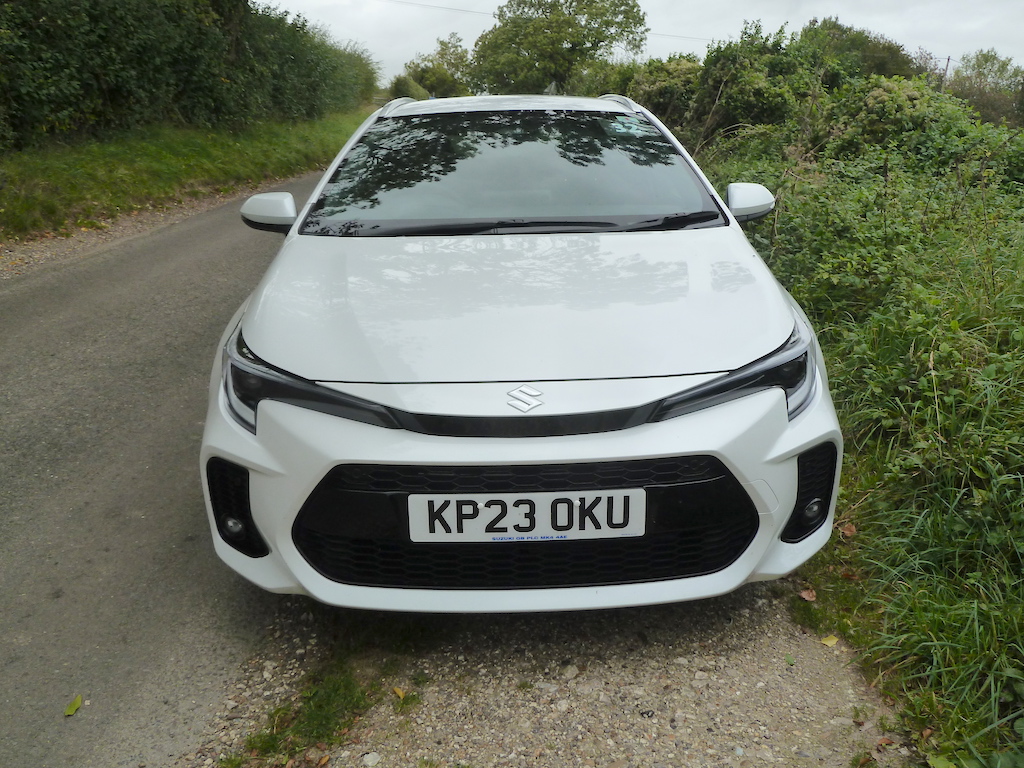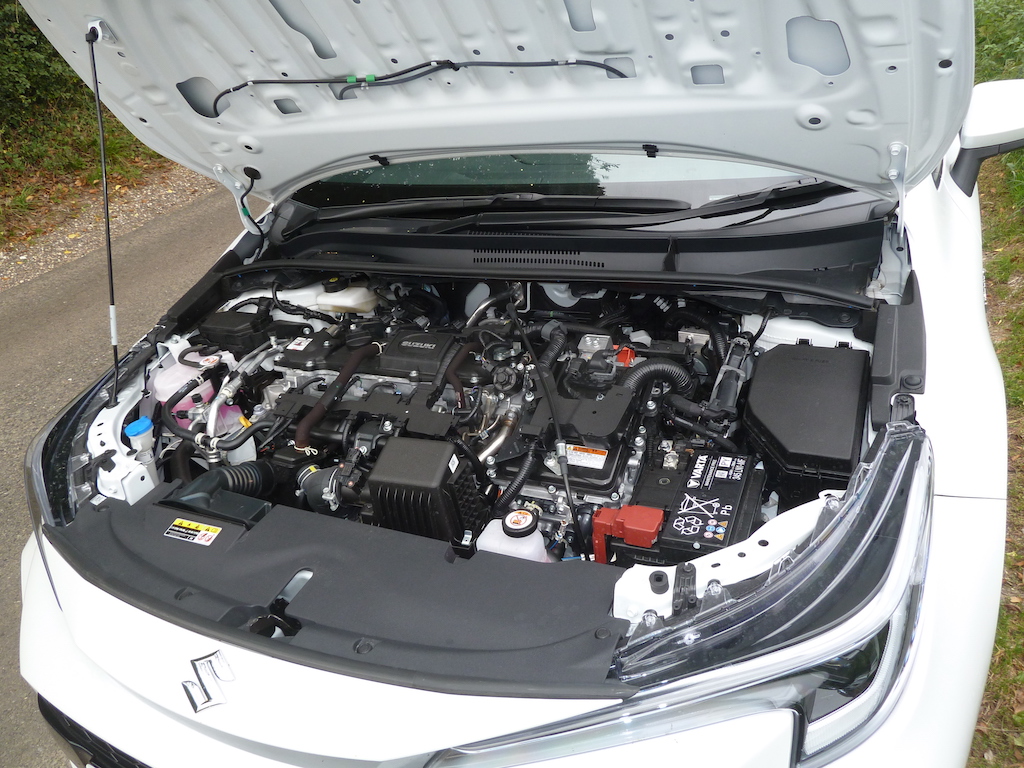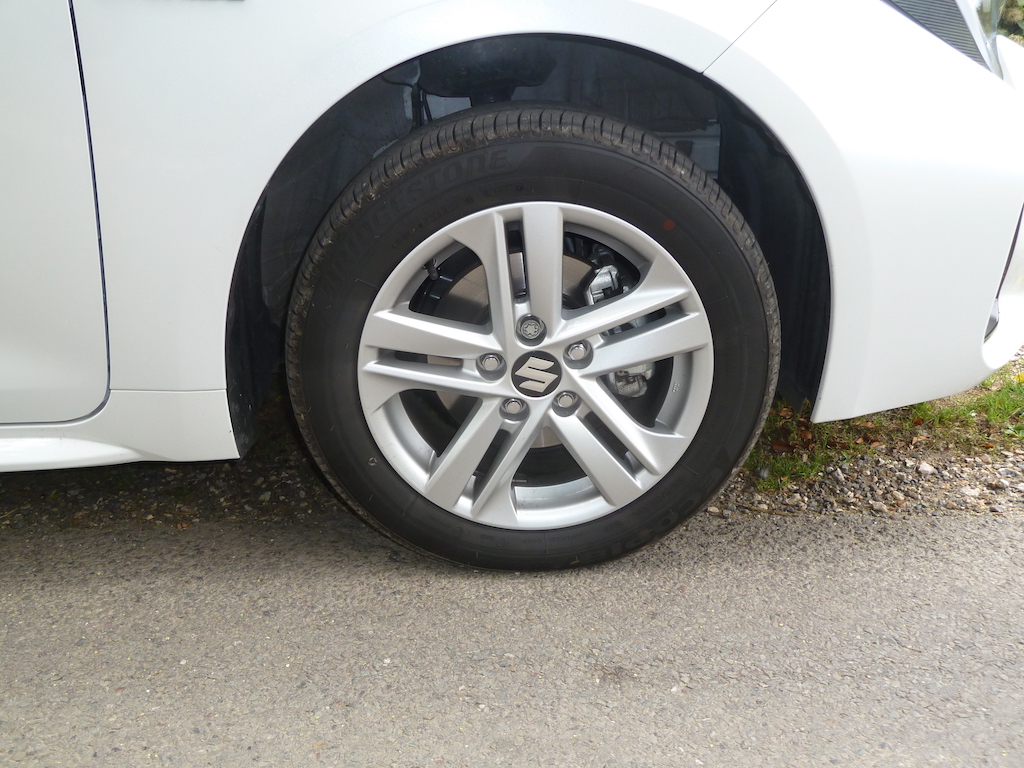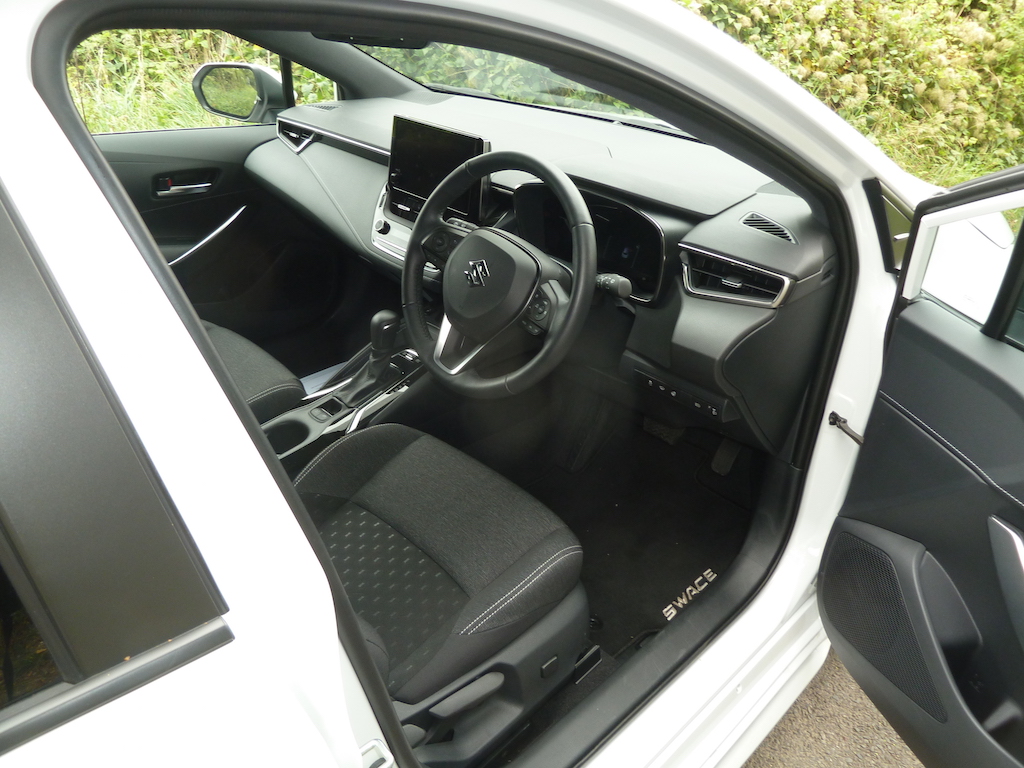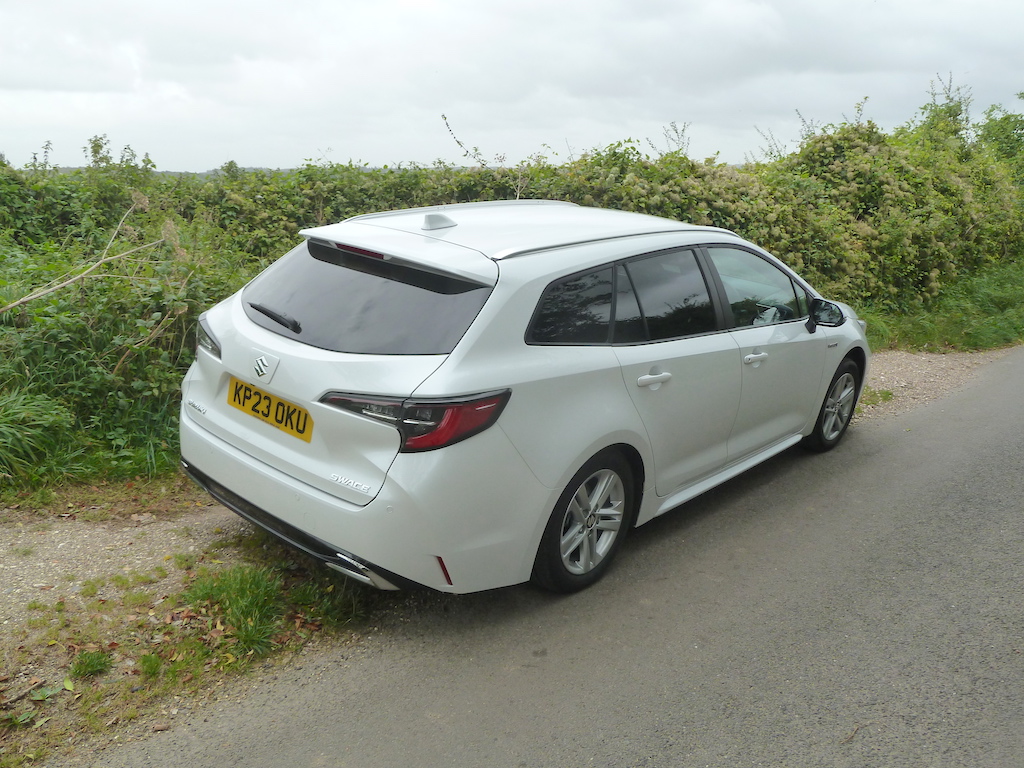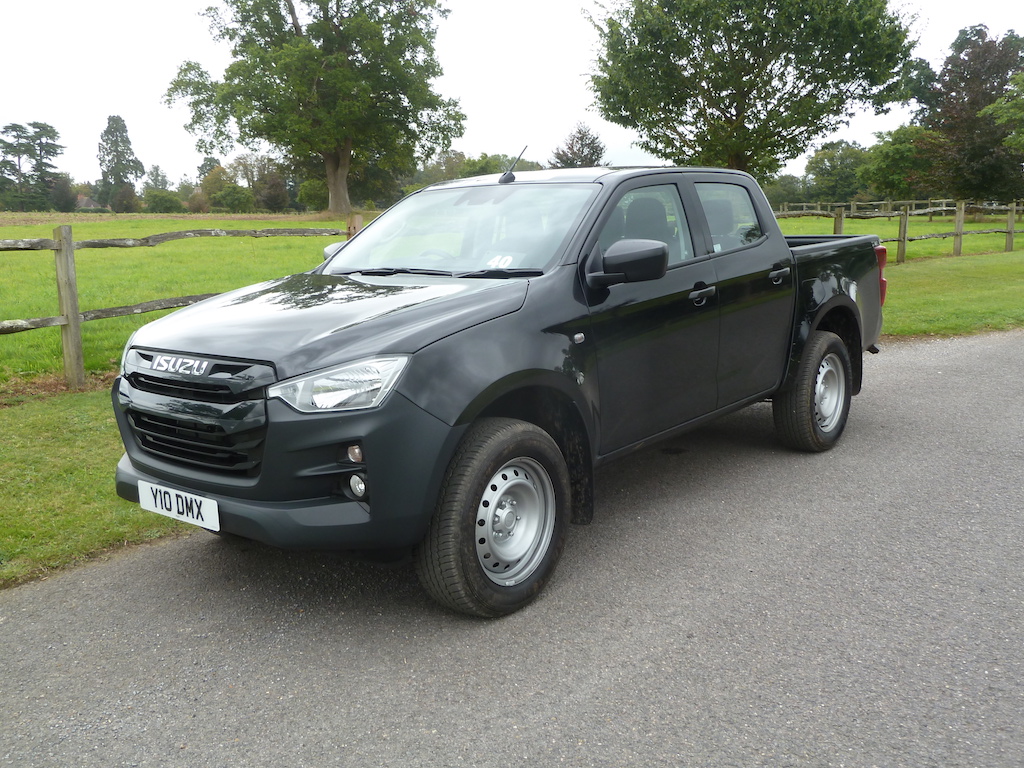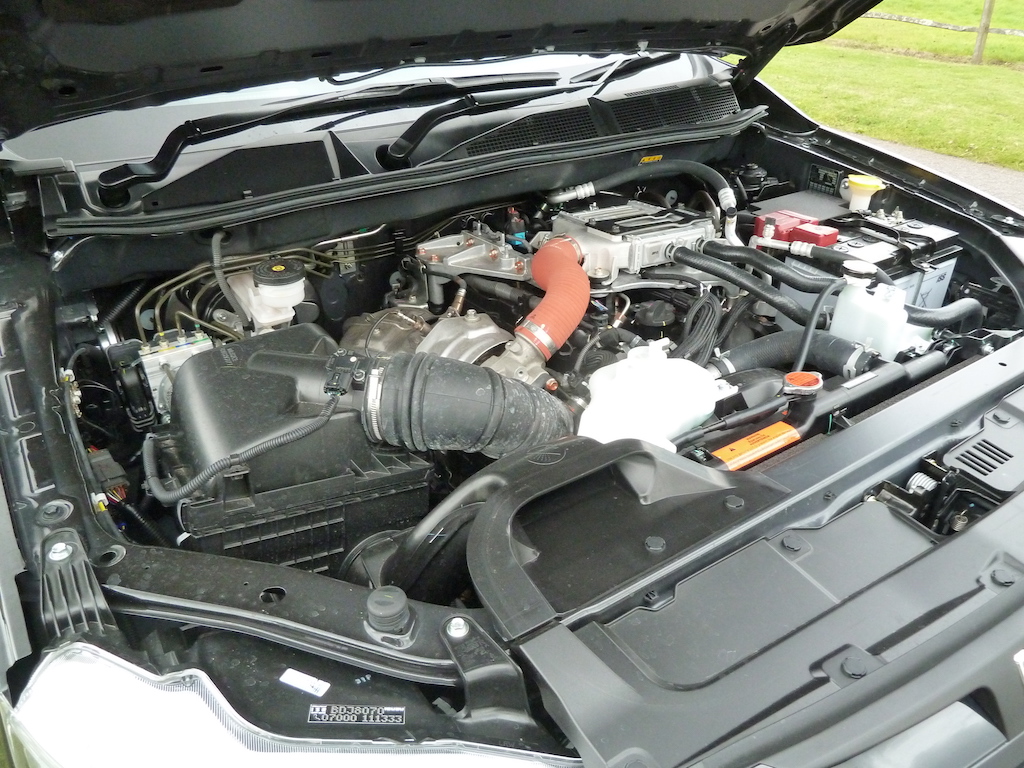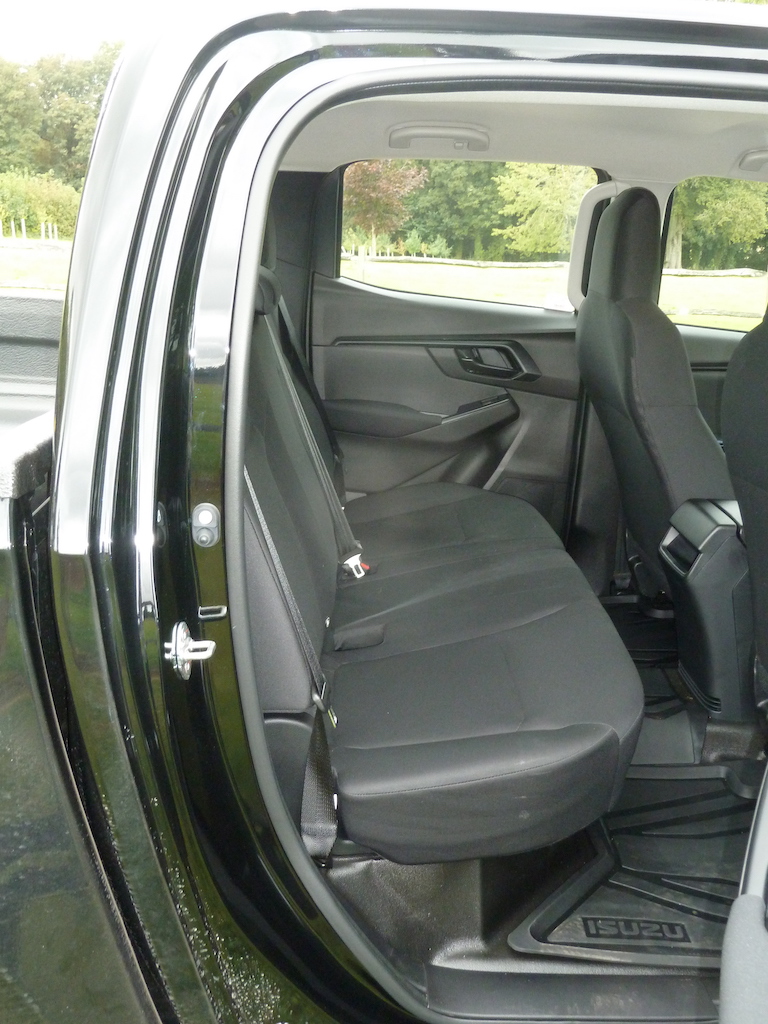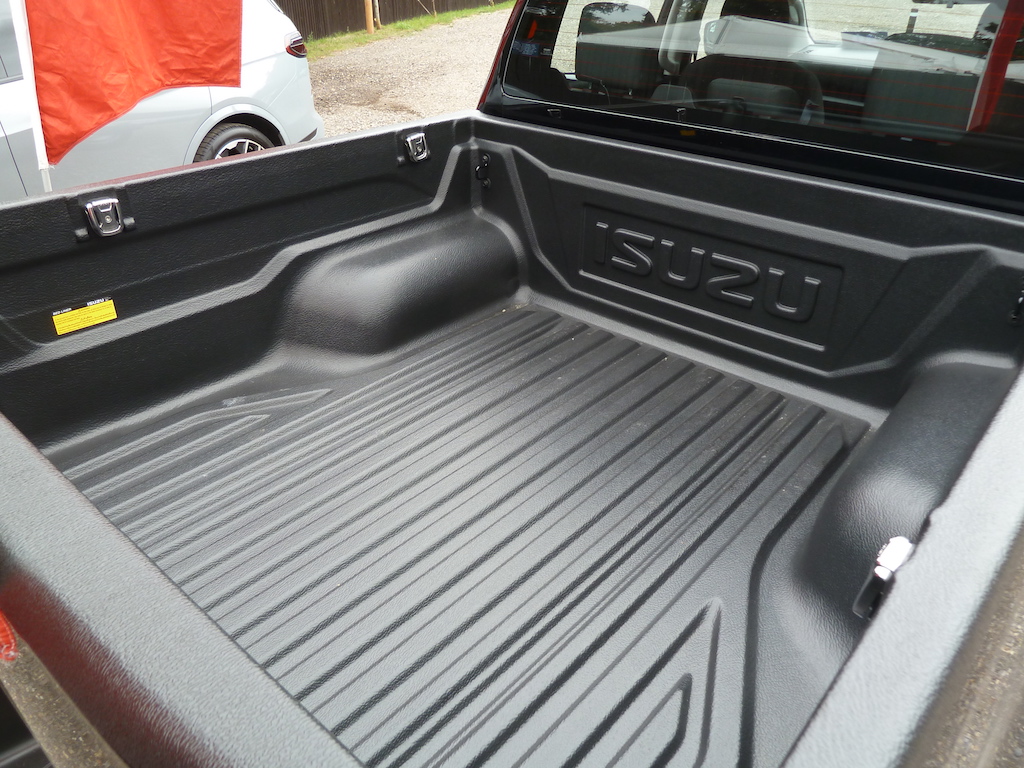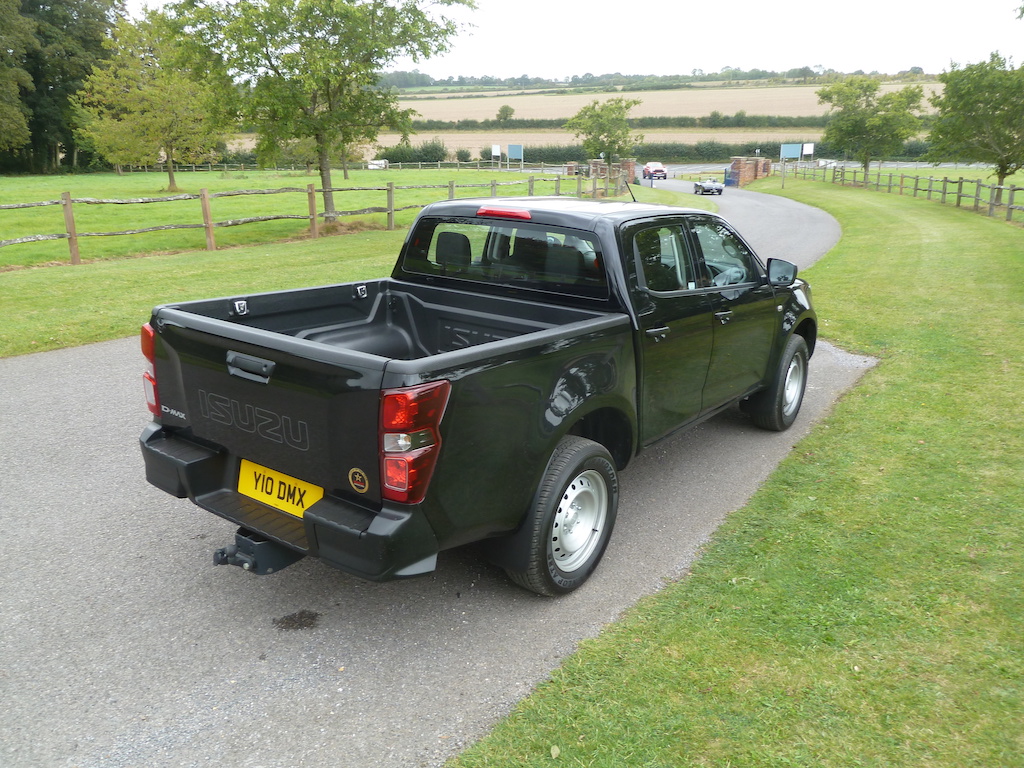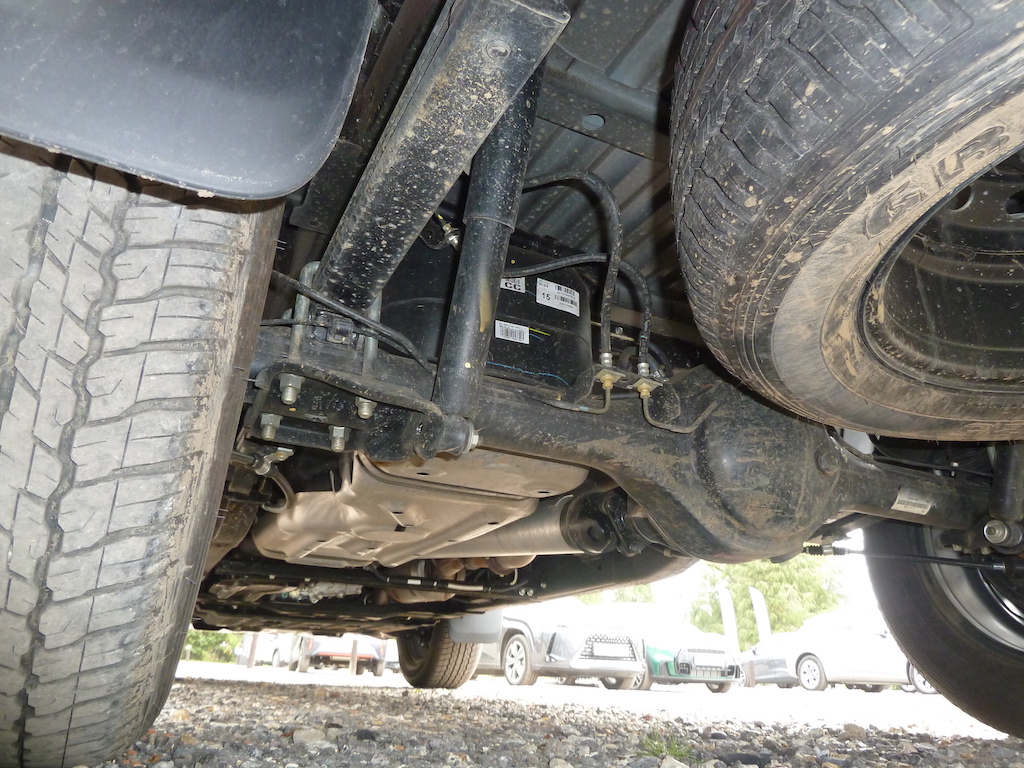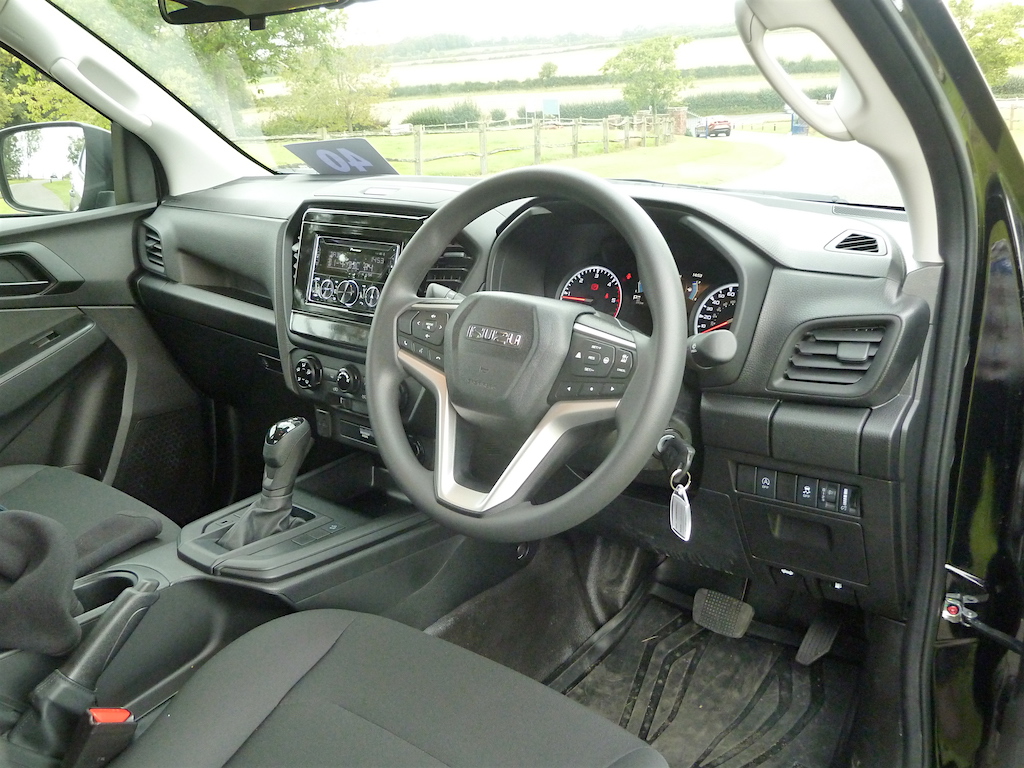Kim Henson reports from this annual event that he rates as ‘invaluable’…
For many years the Society of Motor Manufacturers and Traders or SMMT (the U.K.’s industry body representing the automotive sector) has provided annual opportunities for motoring writers to attend regional events, in the north and south of England respectively, primarily to assess a wide variety of models showcased by the makers.
Another vital aspect of these days for the writers is the chance to meet their public relations colleagues, to learn about the latest developments in the industry, and to get together with fellow motoring scribes.
I like to attend the ‘Test Day South’ each year (held at the end of September in 2023) and I appreciate the opportunities as detailed above. I should add that my personal enthusiasm is undimmed and without exception I enjoy these days as well as finding them very useful in my work!
I drove three different models during my day; here’s how it went…
Lexus RX 450h+ Takumi PHEV
For many years Toyota and Lexus have been producing hybrid vehicles and are well-respected for their expertise and advanced engineering in this field.
The RX 450h+ large, luxurious SUV test car incorporates this technology and provides generous interior and boot space within a package that delivers excellent performance, energy efficiency and emissions potential.
The RX range starts at £62,125, but the high specification RX 450h+ Takumi version that I drove weighs in at £81,600 (plus £250 for the ‘Special Metallic Paint’ – ‘Sonic Copper’ on the test car).
The Lexus is a ‘full’ hybrid that by design can run on the petrol engine and electric motor (but engineered to operate as much as possible using electric power), but the vehicle is also able to run using electric propulsion alone (which is what differentiates a ‘full’ hybrid from a ‘mild’ hybrid). The approximate available driving range with a fully-charged hybrid battery is said to be more than 40 miles.
The vehicle is a Plug-in Hybrid Electric Vehicle (PHEV) that has a battery pack charged from mains electricity, although the battery charge level is ‘topped up’ when driving by the car’s regenerative braking system.
An ‘EV’ button switches the propulsion system to ‘electric only’, provided that there is sufficient power available within the hybrid battery.
However, even without the button engaged, the car will automatically employ electric propulsion whenever driving conditions, throttle input and battery charge levels allow. This helps to save fuel and minimise emissions.
Standard equipment levels on this Lexus are very comprehensive. Highlights include Adaptive Variable Suspension, Blind Spot Monitor and Rear Cross Traffic Alert with automatic braking, automatic and remote parking, a Lexus Link Pro multimedia system with a 14 inch touchscreen, a 21 speaker Mark Levinson Premium Sound System, a wood/leather heated steering wheel with paddle shifts and touch-tracer switches, a 360 degree panoramic view monitor, 21 inch aluminium alloy wheels, and a hands-free operation rear door incorporating a ‘kick’ sensor.
I found the interior to be spacious and comfortable, and there was generous leg and head room available for rear seat occupants as well as those in the front seats.
There’s a large and effective luggage compartment too.
This is a big car but it felt agile on the main and country roads of my test route, with first class ride comfort and positive handling evident. Positive steering and reassuringly good brakes added to the overall sense of a well-engineered, solidly-constructed vehicle.
Low speed manoeuvres were easy, but of course due to the size of the vehicle, fairly large parking spaces are required.
Acceleration from rest and on the move was rapid and near-silent, with seamless integration between petrol and electric power.
VERDICT
Competent, effective and fuel-efficient, this Lexus offers power and space a-plenty, in a luxurious package. With its full plug-in hybrid system it also offers reassurance in terms of available driving range, since the petrol engine enables long distances to be covered even if the tractions battery is low on charge. Price (On the Road), as tested: £81.600 plus ‘Special Metallic Paint’ £250 Propulsion: Inline 4 cylinder 2487cc petrol engine, plus electric motor; 18.1 kWh lithium-ion battery Total system output: 304 bhp/227 kW Propulsion battery charging time (approx.): 230 volts/32 A: 2.5 hours Range on electric-only propulsion, with fully-charged battery (WLTP Combined figure): 42 miles Transmission: e-CVT Performance: 0 – 62 mph: 6.5 sec Top speed: 124 mph CO2 emissions, Combined WLTP: 25 – 26 g/km Fuel consumption, Combined WLTP: 235.4 – 256.8 miles per gallon Warranty: Three years/60,000 miles Insurance Group: 45E Dimensions: Length: 4,890 mm (16.04 ft) Width: 1,920 mm (6.30 ft) Height: 1,695 mm (5.56 ft) Luggage capacity: 461 litres (16.28 cu.ft)Wheels-Alive Tech. Spec. in Brief:
Lexus RX 450h+ Takumi PHEV
Suzuki Swace Ultra (updated model)
I road-tested the first generation, British-built mid-size Suzuki Swace estate in 2021, and was impressed by its roomy interior, comfort, practicality and excellent economy (almost 60 miles per gallon in nearly 500 miles of driving).
I also liked the way it drove. The self-charging hybrid system worked seamlessly and the car was sure-footed in all weathers and road conditions that I encountered.
Fast-forward: Suzuki’s latest, second generation version of the Swace has been significantly upgraded in power output and performance, without adversely affecting fuel consumption or worsening emissions to any meaningful degree.
The revised Swace range comprises Motion and Ultra versions, priced at £28,999 and £30,799 respectively; my test car on this occasion was the Ultra model.
Notably, the combined maximum power output from the petrol and electric motors has increased from 122 bhp to 140 bhp (an increase of 15 per cent) due to a higher output electric motor, working in conjunction with a larger capacity traction battery pack.
Petrol engine-wise there’s a 1.8 petrol four cylinder unit producing 97 bhp @ 5,200 rpm, plus an electric motor developing 70 Kw (previously 53 Kw).
The WLTP CO2 emissions figure is 102 g/km, and the WLTP Combined fuel consumption figure is 62.7 mpg.
When working in EV mode the car can be driven for short distances just by electric power. However, for driving in ‘Normal’, ‘Eco’ and ‘Sport’ modes the hybrid system seamlessly self-adjusts to use petrol and electric power together, in varying degrees between the two systems depending on the mode selected and driving style.
This model is a self-charging hybrid, with no need nor facility to plug in the vehicle to charge the traction battery; this is recharged from operation of the petrol engine and through regenerative power developed during deceleration.
This set-up obviates the worry that can arise with pure battery EVs in terms of available mileage range, with the petrol motor always available to get you where you need to go.
The revised Swace features upgraded safety and equipment specification levels, as well as enhanced digital and multimedia features, plus revisions to the car’s styling and lighting.
Standard on both versions are: Emergency Driving Stop system, LED rear lamps, seven airbags, Dual Zone automatic air conditioning, eight-inch colour LCD information screen, heated front seats, heated steering wheel, Smart phone link for wireless Apple CarPlay and Android Auto device connectivity, rear parking camera, a new digital instrument cluster with three display modes, Type C USB port and Dynamic Radar Cruise Control.
The new range-topping Ultra model, as test driven here, additionally features: Updated Bi-LED projector headlamps, Safe Exit Assist, Smart Door Locking, front and rear park distance sensors, Blind Spot Monitor, Rear Cross Traffic Alert, interior ambient lighting, and a centre console tray with wireless charger.
Behind the Wheel…
It was immediately apparent that with the latest version of the Swace, performance had been improved, compared with the original car. In fact I had not found the first series Swace wanting, but in terms of eager performance the revised model is a step ahead.
Suzuki figures show that the acceleration time from standstill to 62 mph has been lowered from 11.1 to just 9.4 seconds; significantly more rapid, and the car feels more lively when gaining speed on the move too.
I enjoyed the ride and handling qualities of this second generation Swace during my drive route, which deliberately included some meandering country lanes with varying surfaces. The car also cruised in a hushed, refined manner at speed on main roads.
Generous interior and luggage space
From the outset the Swace has always been a purpose-designed estate car. For me personally (and many others, it seems) this makes more sense in everyday use than an SUV, unless of course you are particularly keen on SUV styling and image.
I like the low stance and sleek styling of the Swace, and within its five seater bodywork is a roomy interior for up to five adults to travel in comfort, with generous head and leg room throughout. Importantly, rear seat leg room is much better than in many cars of comparable size.
In additionally there is a vast load compartment. With the rear seats folded it is 1,860mm (73.23 in) long, and has a capacity of 1,232 litres (43.51 cu.ft) – or 596 litres (21.05 cu.ft) with the rear seats in use.
VERDICT
In fact I briefly drove an example of the second generation Swace a few months ago, and was interested to sample one again. Well, my opinion hasn’t changed…
The Swace is a good-looking highly practical estate car that represents an improvement over the first series cars, which were already good I feel.
The latest models are reasonably priced, with a good specification for your cash, and are enjoyable to drive. They offer impressive performance and economy potential, roomy accommodation for passengers and luggage, and the convenience of a self-charging hybrid system that needs no charging from external sources.
Isuzu D-Max Utility Double Cab pick-up
Isuzu UK has long been associated with tough and reliable pick-ups, and these have been proved to be durable by many operators, among them those who rely on their pick-ups for dependable operation in adverse conditions, including off-road environments.
At this year’s SMMT Test Day South, Isuzu brought along two examples from their new look pick-up line-up; the D-Max Utility Double Cab (which I drove) and the higher specification D-Max V-Cross, from the firm’s ‘Adventure’ range.
In each case under the bonnet is a 1.9 litre Euro 6 compliant turbo diesel engine, producing 164 PS plus 360 Nm (266 lb.ft) of torque and returning up to 39.4 mpg.
The four wheel drive test vehicle was equipped with a six speed automatic gearbox (alternatively, six speed manual transmission is available).
Isuzu has faith in its vehicles and provides a 125,000 mile/five year warranty; reassuring good news if you buy.
The maximum payload is an impressive 1,205 kg (2,656 lb) and the towing capacity is 3.5 tonnes.
The double cab pick-up provides spacious accommodation for up to five adults to travel in reasonable comfort, and has rear ISOFIX points.
The vehicle also features a standard-size load bed.
Extras fitted to the test D-Max included fitting accessories, such as tailgate assist, rubber floor trays, a tow bar, 13-pin electrics, and an over-rail load-bed liner.
During my test drive I was pleasantly surprised to find that the mechanical refinement, noise levels, ride quality and handling characteristics of the Utility Double Cab were far better than I had expected, and considerably improved when compared with comparable pick-ups I have driven in the past. Improved insulation has helped reduced noise intrusion, and I found that the vehicle accelerated and cruised quietly.
Yet this vehicle was designed and built for tough jobs and a look under the rear of the vehicle revealed the heavy duty underbody and rear suspension components (plus the full-size spare wheel). Leaf type rear suspension is still employed, but suspension revisions at the front and rear of the vehicle play their part in providing resilient and comfortable ride characteristics, even with no load aboard (of course the pick-up bed was empty during my test drive).
Performance was eager too, with the 1.9 litre turbo diesel endowed with plenty of low speed pulling power (ideal when carrying heavy loads and/or towing of course), as well as delivering ample power in everyday use.
The Utility version has been deliberately designed to be an easy to live with workhorse, and, for example, incorporates easy-clean vinyl flooring, hard-wearing plastic door mirrors and door handles. It is also fitted with steel road wheels.
Yet I found the interior to be comfortable and smart, albeit aimed at being hard-wearing. The vehicle incorporates a wide variety of safety systems and driver/passenger convenience/comfort features. These include speed-sensitive electronic power-assisted steering, a DAB radio and a Stop and Start fuel/emissions-saving system.
VERDICT
A no-nonsense useful pick-up. Built for toughness, durability and cost-effective operation, the D-Max Utility is also a practical five seater and of course capable of carrying and/or heavy loads, on and off-road.
Price: £34,640 (including 20 per cent VAT) Engine: Four cylinder, turbodiesel 1.9 litre (1898cc), Euro 6d compliant. Power: 164 PS @ 3,600 rpm. Torque: 360 Nm (266 lb.ft) @ 2,000 to 2,500 rpm. Transmission: Six speed automatic; all wheel drive . Performance: 0 – 62 mph: 12.7 seconds Top speed: 112 mph. Fuel consumption (‘Official’ figures): WLTP figure: Combined, 33.6 mpg). CO2 Emissions, WLTP: 220 g/km. Warranty: 125,000 miles/five years Dimensions: Length: 5,265 mm (17.27 ft) Width: 1,870 mm (6.14 ft) Height: 1,790 mm (5.87 ft) Wheelbase: 3,125 mm (10.25 ft) Ground clearance (rear axle): 225 mm (0.74 ft) Kerb weight: 1,985 kg (4,376 lb) Load bed dimensions: Length 1,495mm (4.90 ft), width 1,530 mm (5.02 ft), depth 490 mm (1.61 ft)Wheels-Alive Tech. Spec. in Brief:
Isuzu D-Max Utility Double Cab pick-up
At the end of the day…
Once again I found the SMMT Test Day South to be a very useful day on many levels, including driving examples of the vehicles available, gaining technical information from, and chatting with, the motor companies’ P.R. people, plus comparing notes with fellow motoring writers. Oh, and I enjoyed the day too, as always!
